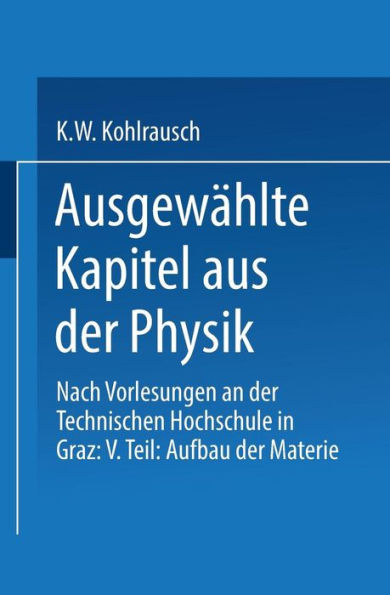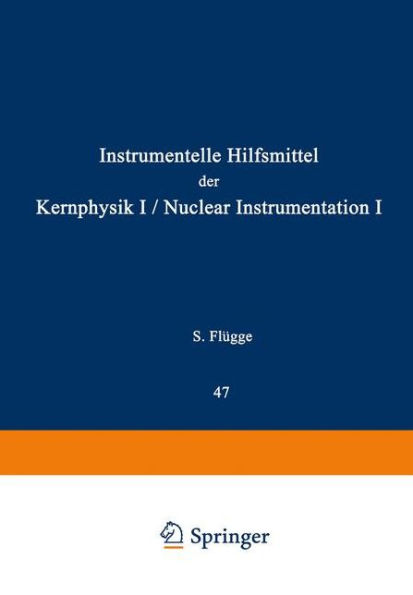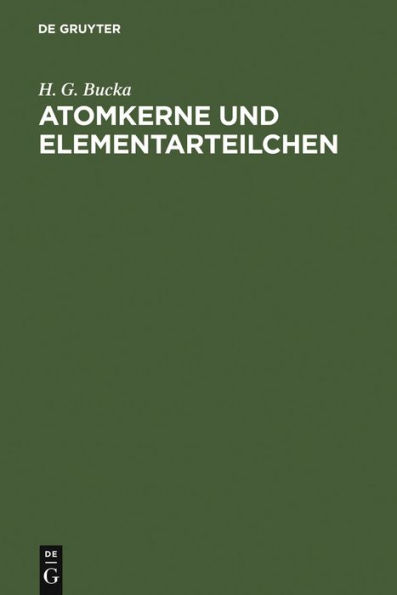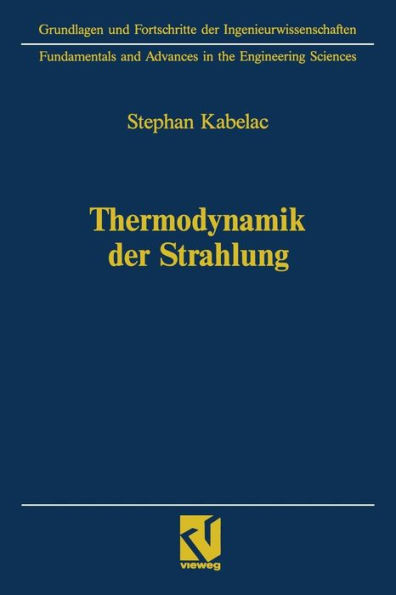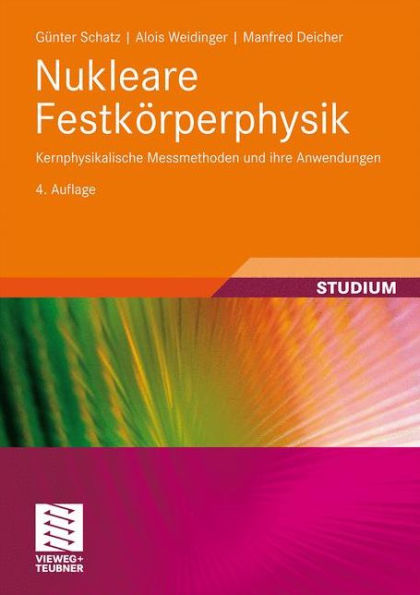Home
Korpuskeln und Strahlung in Materie I / Corpuscles and Radiation in Matter I
Barnes and Noble
Korpuskeln und Strahlung in Materie I / Corpuscles and Radiation in Matter I
Current price: $109.99
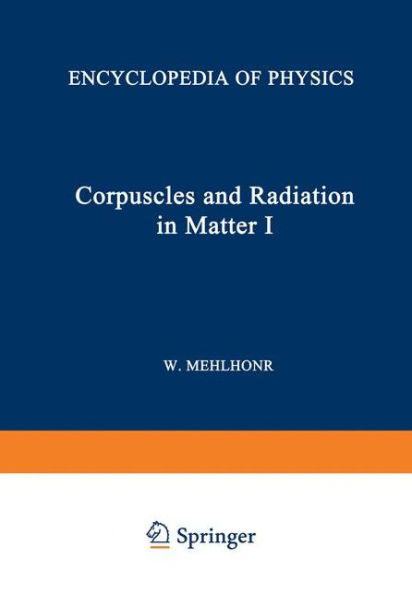

Barnes and Noble
Korpuskeln und Strahlung in Materie I / Corpuscles and Radiation in Matter I
Current price: $109.99
Size: OS
Loading Inventory...
*Product information may vary - to confirm product availability, pricing, shipping and return information please contact Barnes and Noble
This volume deals with specific fields of atomic physics: photoionization, photoelectron spectroscopy and the Auger effect. Here a vast amount of experimental and theoretical results has emerged during the last two decades, indeed in the case of photoelectron spectroscopy the field itself has been developed only since the mid-fifties. Experimentally, this was mostly due to the development of high resolution electron spectrometers and the availability or the development of new radiation sources (e. g. synchrotron radiation, reso nance radiation of rare gas discharge lamps, monochromatized characteristic X-radiation). Here, not only first-order effects with high precision but, even more important, also second-order effects caused by electron correlation were studied. Parallel to the development of new experimental methods, an important step beyond the independent-particle model was made on the theoretical side through the development of various approaches to treat electron cor relation effects seen in photoionization and electron spectroscopy. Volume 31 is divided into the following chapters: Theory of Photoion ization, Atomic Photoionization, Photoelectron Spectroscopy, and Theory of the Auger Effect. A chapter on Auger Electron Spectrometry could not be includ ed since the manuscript was not sent in due time. Freiburg, September W. MEHLHORN 1982 Contents Theory of Atomic Photoionization. By Professor Dr. ANTHONY F. STARACE, Behlen Laboratory of Physics, Department of Physics and Astronomy, The University of Nebraska, Lincoln, NE 68588 (USA). (With 40 Figures) 1. Introduction I. General considerations 5 2. Introduction 5 3. Derivation of the general cross-section formula 6 4. The final-state wave function . . . . . . .
